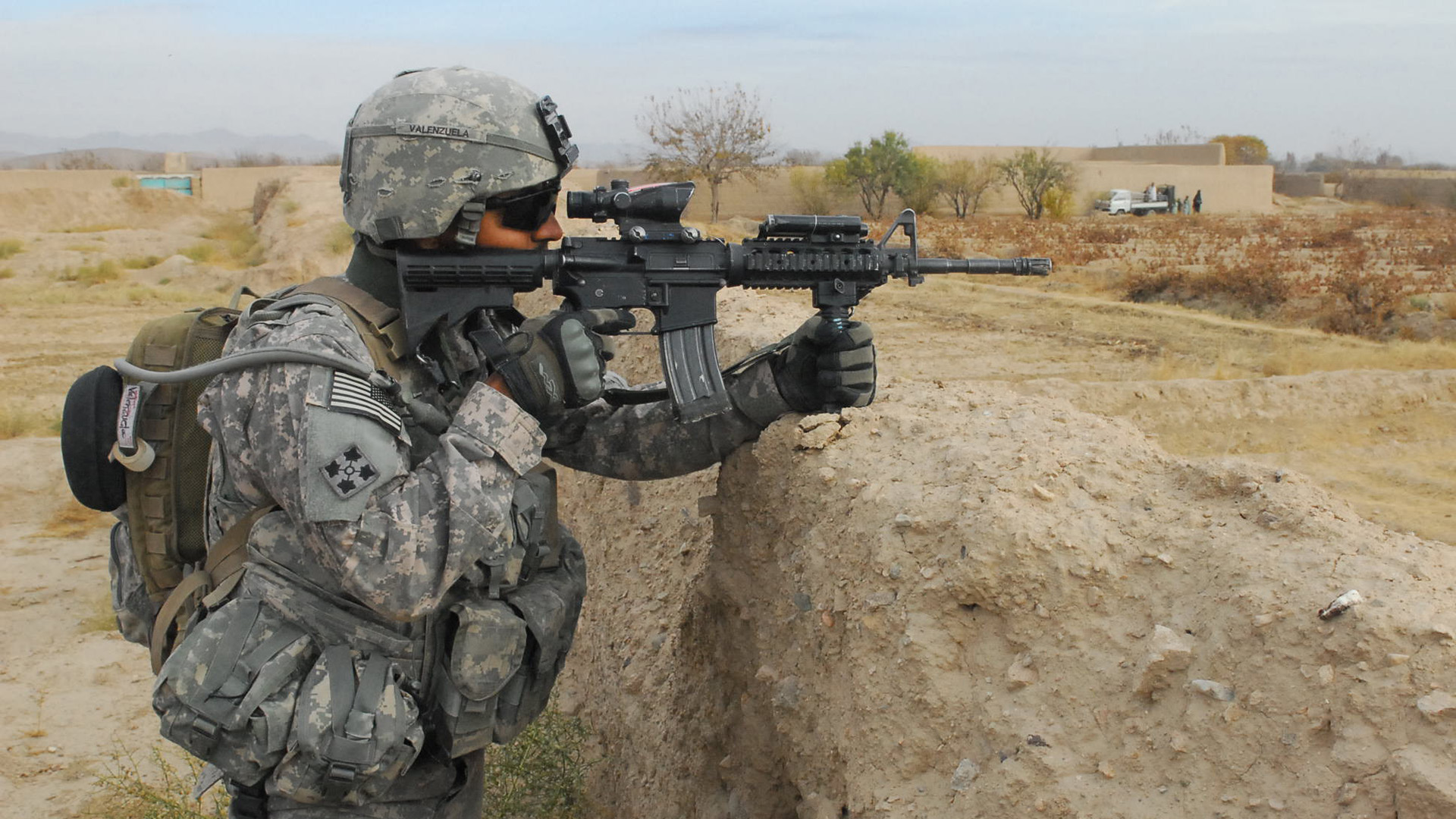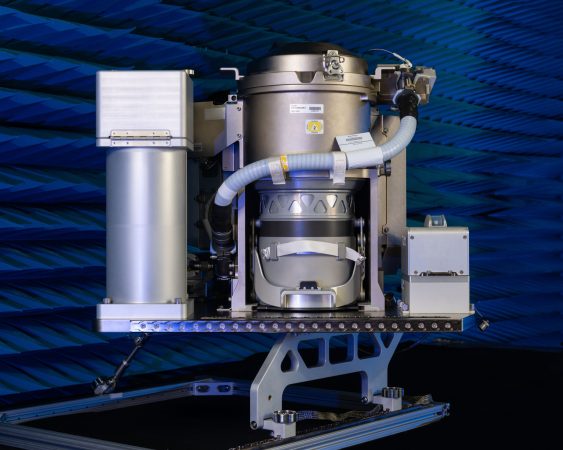When advertisers describe their products as “military grade,” they may not realize that troops and veterans have a vastly different understanding of the military industrial complex than consumers who look at MOLLE, picatinny rails, and abundant camouflage like tacticool accessories rather than products that serve a specific purpose. And sometimes, they don’t even do that right.
To wit: Your average American may think that a product that is “military grade” must be tough or efficient. Whereas troops and veterans assume that the military often awards contracts to the lowest bidder. For those who have been issued gear only to see it fall apart after the most gentle of wear and tear, something that is “military grade” is “a piece of shit.”
Just ask any veteran who has fought in Iraq and Afghanistan how well the earplugs they were provided worked. The military also has a track record of buying absurdly useless camouflage uniforms, including the Army’s “Universal Camouflage Pattern,” which made soldiers actually stand out from the terrain, and the Navy’s blue Type I Navy Working Uniform, which sailors dubbed the “blueberries” and “aquaflage.”

Thus, when Ford boasts that its F-150 truck is “battle tested” because it is made from a “military grade” aluminum body, that may sound cool to someone who has never had to drive or repair an actual military vehicle.
Ford describes the metal used to make F-150s as “high-strength, military grade aluminum alloy” because the trucks are made from the same aluminum alloy used to build Bradley Fighting Vehicles and Humvees, said Michael Levine, director of North American product communications for Ford Motor Company.
Subscribe to Task & Purpose Today. Get the latest in military news, entertainment, and gear in your inbox daily.
That may not be a great selling point for anyone who has seen the movie “The Pentagon Wars,” based on the book by retired Air Force Col. James Gordon Burton, who fought with defense officials to reveal how the Bradley’s original aluminum armor would melt if hit by Soviet anti-tank rounds. The vehicles have since been redesigned.
Humvees also proved to be extremely vulnerable to explosions from underneath, which made them particularly perilous during the early days of the Global War on Terror when improvised explosive devices began seeing heavy use in Iraq and Afghanistan. In fact, a 1994 report distributed throughout both the Army and Marine Corps determined that the Humvee “remained a deathtrap in the event of an anti-tank mine detonation,” even if it were fitted with extra armor.
When Task & Purpose asked Ford if it still believed that stressing that F-150s are made out of the same aluminum as Bradleys and Humvees is a selling point, Levine replied: “We’re proud of every Ford F-Series Truck we make, including the materials that make them Built Ford Tough. We’ve used high-strength, military-grade, aluminum alloy since 2014 and F-Series continues to be America’s best-selling truck for 45 years and best-selling vehicle for 40 years.”
Nonetheless, troops and veterans know all too well that “military grade” does not mean “reliable” or “well designed.”
“I doubt anybody would want to buy a truck that is overly complicated like a lot of modern military vehicles are because maintenance costs would be absolutely through the roof in that case,” said Marine veteran Dan Grazier.
When veterans scoff at advertisements that use the term “military grade,” they typically think about some of the personal equipment that they had to haul when they were on active duty, said Grazier, who now works with the Project on Government Oversight.
Grazier said he remembers how he was issued not one but three sleeping bags while he was in the Corps, but the first time he tried using them in the field, he shivered his ass off for the entire night.
As he lay awake, Grazier thought about how his personal sleeping bag that he used on camping trips would have kept him warm and it weighed less than half as much as the three sleeping bags that he had lugged for 12 miles.
“’Military grade’ to a veteran is an understanding that this object made the minimum standards for ruggedness, based on the military’s standards, and it was made by the lowest bidder,” Grazier told Task & Purpose. “What you knew about it was that: Yeah, it worked, but there were much better products out there.”
There is certainly a good deal of truth to that. Until 1984, the Defense Department awarded most contracts to companies that submitted the lowest bid. Then the Competition in Contracting Act allowed the military to take a “best value” tradeoff approach that allows the Defense Department to accept a higher bid to get better quality products.
While many Defense Department contracts are now awarded on the basis of both quality and cost, the military continues to use the “lowest price technically acceptable” process to buy products that are not complex.
Yet contracting reforms have not stopped the Pentagon from defecating the proverbial bed on several big-ticket items, including the Littoral Combat Ships – which may go down as the most expensive artificial reefs in history – and the F-35 Joint Strike Fighter, a plane that could ultimately cost American taxpayers $1.7 trillion. Hey, for that much money, the F-35 must be the most technologically awesome piece of machinery that humanity has ever produced, right? Oh, wait.
Given the civil-military divide, it is likely that advertisers will continue to glowingly describe their products as “military grade,” while service members and veterans continue to chuckle at one of the greatest inside jokes of all time.
The latest on Task & Purpose
- The Navy’s top enlisted sailor tried to lift the spirits of a beleaguered crew. He didn’t
- What this old Russian tank tells us about the invasion of Ukraine
- Navy’s top enlisted sailor tells crew dealing with string of deaths that his answers won’t ‘make you real happy’
- The Air Force is trusting the internet to name its ridiculous new cybersecurity mascot
- A military housing company kept committing fraud after pleading guilty to fraud, Senate report finds
Want to write for Task & Purpose? Click here. Or check out the latest stories on our homepage.

















